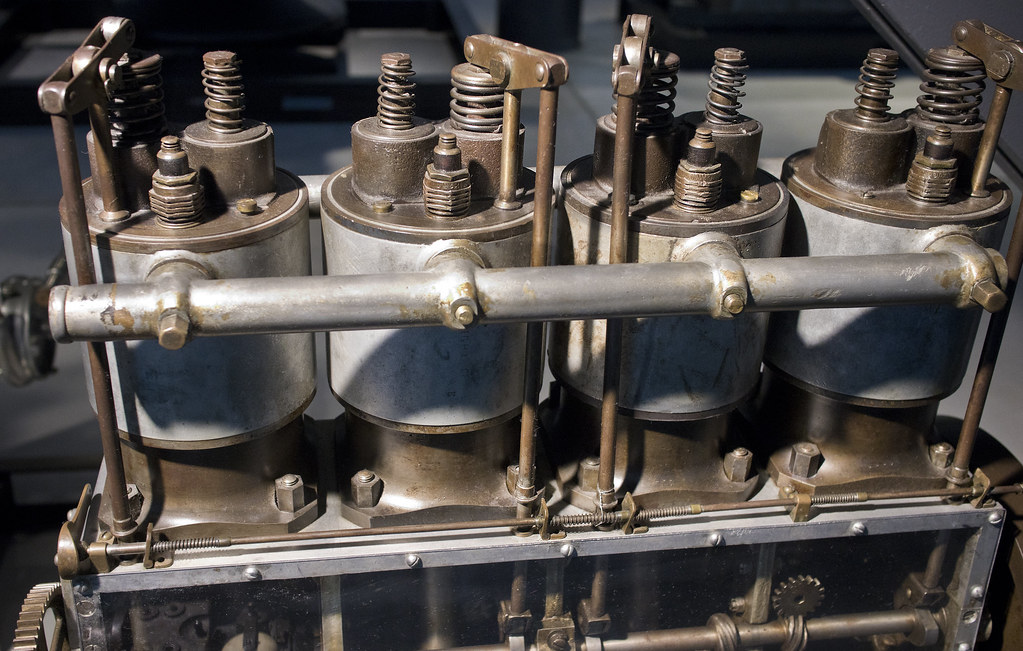In the ever-evolving world of construction, safety is paramount. Fire-rated manufacturing emerges as a cornerstone in ensuring buildings stand resilient against the threat of fire. This blog will delve into the significance of fire-rated manufacturing, shedding light on its importance and impact on modern construction practices.
1. The Essence of Fire-Rated Manufacturing:
Fire-rated manufacturing isn’t just about crafting materials; it’s about engineering resilience. This process involves creating products that can withstand the ravages of fire, providing a critical layer of defense against an unpredictable force of nature.
2. Compliance and Assurance:
In a landscape governed by strict building codes, fire-rated manufacturing becomes a beacon of compliance. Choosing fire-resistant materials isn’t merely a choice; it’s a commitment to meeting and exceeding safety standards. It’s about instilling confidence in every brick and beam.
3. Versatility in Design and Function:
Gone are the days when safety compromised design. Fire-rated manufacturing offers a versatile range of materials, from aesthetically pleasing doors and windows to robust structural elements. Architects and builders now have the flexibility to design without compromising on safety or style.
4. A Shield of Confidence:
For property owners and occupants, the incorporation of fire-rated materials is synonymous with peace of mind. It’s more than just constructing a building; it’s about building trust. Knowing that every element is meticulously crafted to resist fire provides an unparalleled sense of security.
5. Innovation Fuels Progress:
The world of fire-rated manufacturing is dynamic, marked by continuous innovation. Manufacturers are at the forefront, developing materials that not only meet current safety standards but anticipate future challenges. This commitment to progress ensures the industry remains resilient in the face of evolving threats.




